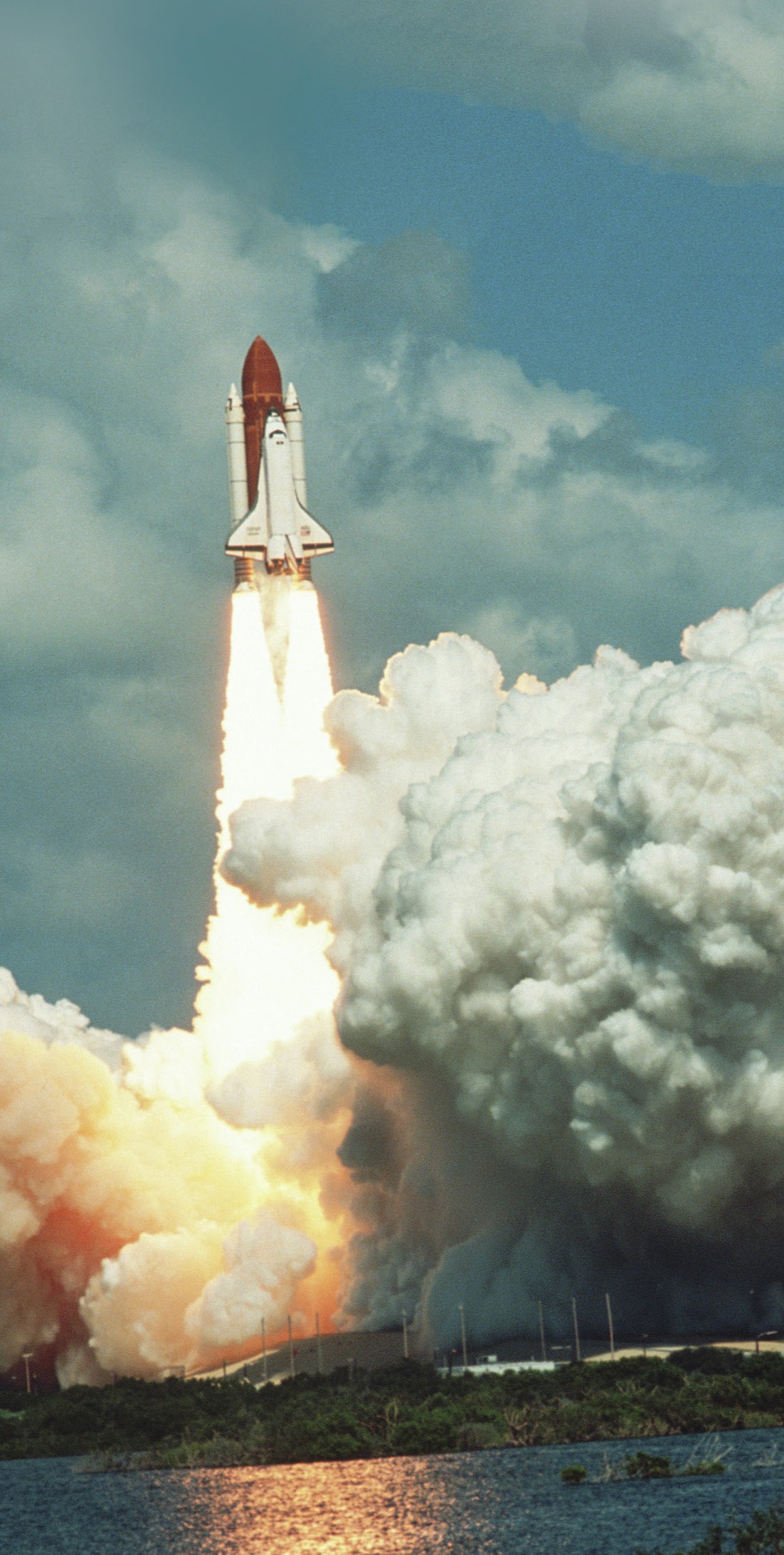
For as long as humans have looked up at the night sky, we have dreamed of touching the stars and exploring the endless bounds of space. From giant catapults to dilithium crystals, science and science fiction have provided thousands of ideas — some wacky, some wonderful — about how to achieve it. However, the method favoured for today’s spacecraft relies on chemistry.
NASA’s space shuttle had three fuel tanks, with a liquid fuel tank sandwiched between two solid rocket boosters. All of the fuel tanks contributed to providing the massive amount of energy needed for liftoff. The two types of tanks each contained the ingredients for two separate reduction–oxidation reactions: a fuel and an oxidiser (plus a catalyst and binder, if necessary).
Your organisation does not have access to this article.
Sign up today to give your students the edge they need to achieve their best grades with subject expertise
Subscribe




